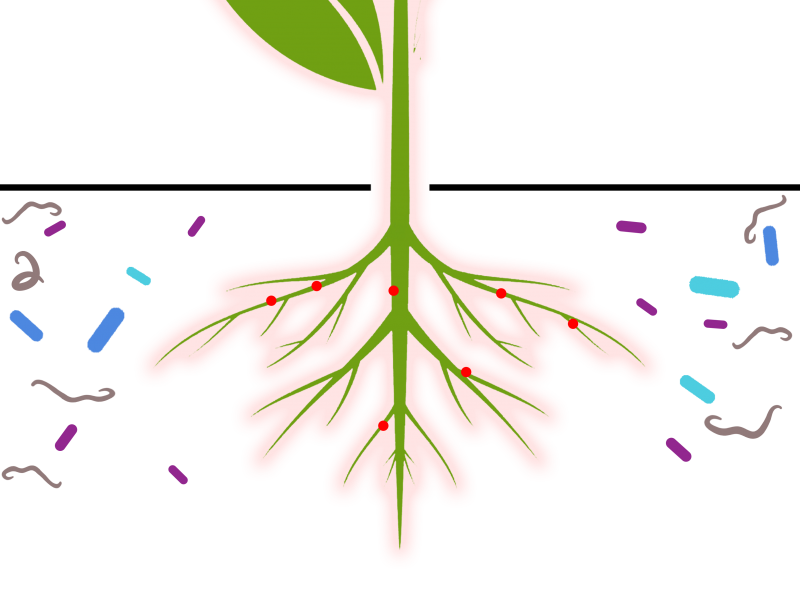IGEM 2018
Description
Context

Problems With Fertiliser

Context
GROWING IN URBAN SPACES
Advantages of Contained Agriculture
The effects of climate change are becoming more noticeable as time progresses; we are losing staggering amounts of valuable farmland due to mass flooding, freak weather events, soil erosion, infectious diseases and deforestation. Over the next 50 years, farming is going to become even more marginalised [1].
One way of protecting our crops and the land we use for agriculture is by growing within controlled, contained environments. Growing indoors is already a well-established practice; greenhouses are widely used and guarantee a safer, and more predictable method of growing all year round. There are many benefits of applying the contained, controlled environments found in greenhouses into urban spaces, these include:
- Providing cities with fresh produce all year round.
- Reducing the Carbon footprint of crop production due to reduced food millage.
- No agricultural run-off.
- Limited need for pesticides and herbicides.
- Safer crops as there is less risk of contamination.
- Reduced spoilage because of shorter transportation times and reduced handling.
- Less agricultural pollution.
With developing technologies in the field of sustainable energy, it could one day be possible to engineer contained growth systems that are self-sustaining in regards to its energy usage. By carefully controlling the parameters within these environments, we are able to emulate perfect surroundings that allow the crops to grow to their full potential, maximising yield.
Our project plans to use genetically modified bacteria, which means we will be working with GMO’s, but what are GMO’s? - “Genetically modified organisms (GMOs) can be defined as organisms (i.e. plants, animals or microorganisms) in which the genetic material (DNA) has been altered in a way that does not occur naturally by mating and/or natural recombination.”[2]
Integrations of GMO’s into the natural environment pose many concerns to both science and ecological communities. Introducing gm crops into the wild holds the potential to introduce engineered genes into foreign species. The effects of GMO release are widely unidentified, this is the main area of concern as there so many unknowns.
The use of GM bacteria means that we have to take precautions when integrating it into the real world. We have identified the ways to ensure systems are enclosed and risk of GM run-off is minimised on our Safety Page.
1. Despommier D (2011) The vertical farm: Controlled environment agriculture carried out in tall buildings would create greater food safety and security for large urban populations. J fur Verbraucherschutz und Leb 6(2):233–236.
2.World Health Organization. (2018). Q&A: genetically modified food. [online] Available at: http://www.who.int/foodsafety/areas_work/food-technology/faq-genetically-modified-food/en/ [Accessed 13 Sep. 2018]..








